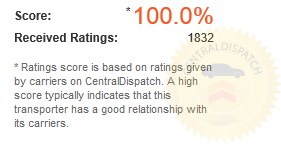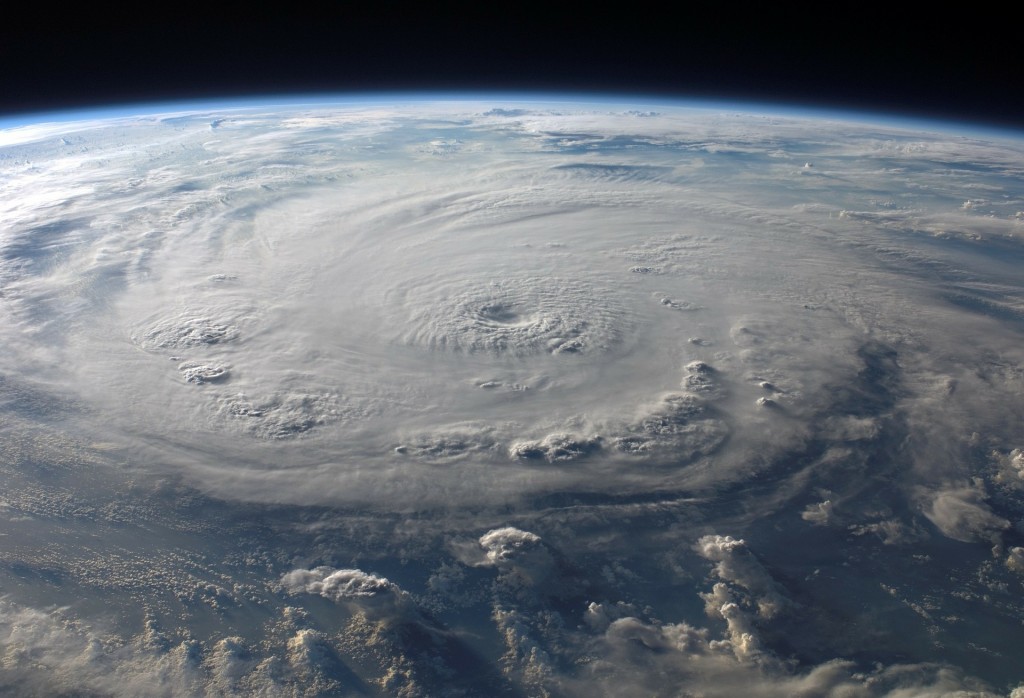Typically, from the end of August through until the end of October, hurricane season is in full swing. Just about everyone has heard by now about Hurricane Matthew. While this hurricane doesn’t have a fierce or exotic name, it is, unfortunately, looking like it will pack a powerful punch to anything in its path.
It’s been more than five decades since a hurricane this strong has hit Haiti. This hurricane has made its way to Cuba, Jamaica, and the Bahamas, and looks to land in many more destinations such as Florida and South Carolina just to name a few.
Florida is in a state of emergency with a hurricane warning, and schools and government offices closed. Evacuations in certain areas have been issued. For a close up (and safer way) to view the hurricane, check out this video from www.nasa.gov:
http://www.nasa.gov/feature/goddard/2016/matthew-atlantic-ocean
A Slight Shift Can Make a World of Difference
A slight shift in course either east or west can make a difference in how far inland it will hit. While it’s difficult to completely foretell the path of a storm riding the coastline, authorities are opting for a worst-case scenario line of defense. It’s better to be prepared than to be caught off guard.
Hurricane Matthew may gain momentum as it heads to the Florida coast. Storm surges of 10 to 15 feet along with wind gusts of 130 miles per hour could be possible. The storm also looks to make its way to South Carolina, parts of North Carolina and Georgia. Be prepared for the worst and hope for the best.
Follow the Leaders
Whatever instructions your leaders are giving, follow them closely. Don’t take it upon yourself to stay where you are if you are being told to evacuate, especially in coastal towns.
The National Guard is being called in, in the state of Florida to help deal with the state of emergency because of Hurricane Matthew. Even if it doesn’t turn out to be as bad as expected, it’s better to be safe than to be sorry. Emergency personnel may not be able to get to you.
Emergency Preparation
Hopefully by now, you’ve gone out to obtain supplies, but if you haven’t check on what you do have. Fill empty containers, water bottles, and large pots full of water to have on hand. Check your battery and flashlight supply. If using a generator make sure you have enough gas on hand. Have all your emergency supplies handy in one place should the power go out; this way you are not scrambling in the dark looking for them. Locate them now. Keep your can opener, canned foods, matches and supplies close by. Don’t wait until the last minute.
Check on your medications and get refills if necessary. Make certain you have all your over-the-counter meds on hand, as well.
Store owners, and home owners near the shore, get your hurricane shutters up and your storefronts boarded. Make sure you have cash on hand as ATMs will be out when the power goes out. Don’t forget about your pets, they’ll need their food and water too.
The Aftermath
No matter how small a puddle of water may look, never walk through any body of water. You don’t know if there are any electrical lines down or actually how deep they are. A small body of water can carry your car away so stay out of and away from any water.
In areas that have not been given a mandatory evacuation and if you’ve stayed put, don’t go venturing out until it’s safe to do so. Wait for state and government officials to send help and stay indoors until told otherwise. Downed trees and power lines can cause serious and fatal injuries even after the storm is over.
Stay calm but keep informed of the storm as it progresses.



